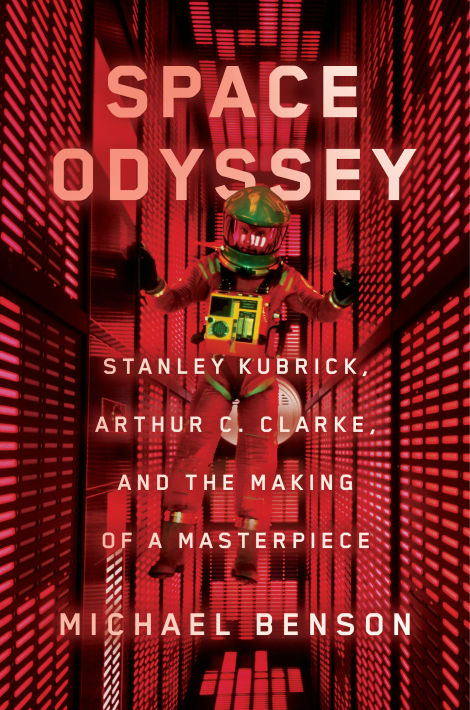Today is Stanley Kubrick’s iconic masterpiece 2001: The 50th Anniversary of Space Roaming. To celebrate iconic sci-fi films, we have included the author Michael Benson’s deep space diving into filmmaking: Stanley Kubrick, Azerbaijani Se C. Clark, as well as making masterpieces. It not only involves some dangerous chemical ingredients, but it also includes “an abandoned brassiere factory.”
This excerpt began in early 1965 when Arthur Clark, the author of the film who was fired when Kubrick transferred to the novel, was quickly rehired when the director realized that the story had not been completed. But from there, he followed Kubrick to test chemicals, creating a psychedelic sequence of astronaut David Bowman crossing the boulders. This process was both complicated and extremely harmful – Kubrick spent his own weeks. To get the effect completely correct. This is an excerpt.
Clark wrote in his “Dr. Dr. Son’s” note that on December 24, “Delivering a complete copy!” These words are difficult to not feel hurt the world. We have no idea what happened next. Articles written by Clarke in his article continue to focus on posterity – not to mention that Kubrik will read every word of knowledge – “The first edition of this novel was handed down on December 24, 1964. To Stanley, he immediately started me. Admittedly, I started working on the next day under a new contract, but I like to declare that I was fired on Christmas Eve. “(Predictably, Kubrick uses the comments “Confused, no one will know what you mean”).
Most likely, after some serious attacks from his former collaborators and some practical reconsiderations, Kubrick reconsidered his cost-cutting measures. By the time that occurred in early January, Krak The new contract was adjusted retroactively until the previous contract began. If he doesn’t realize that they aren’t finished, he won’t do it. None of them expected that the final narrative form of the film would require three years of unremitting efforts, driven by the uncompromising perfectionism of the director.
In addition to realizing that the story is actually only there, Kubrick also knows that even without his service as a writer, Clarke has a good relationship with the aviation industry and is valuable as a consultant. In any case, Polaris will soon need to shift the burden of its financial commitments to a studio, because other important expenses are also approaching. If you plan to start shooting later that year, Kubrick will soon have to start recruiting production staff. Studio support has become an urgent need
But first he wants to show some sequences. After studying the universe for most of 1964, Kubrick decided to copy the film’s technology earlier in the new year, now in a 65-mm color inventory. In January of this year, he flew a camera from Los Angeles, signed a contract for a small-film visual effect outfit called Effects-U-All, and rented an abandoned corset style bra factory on Seventy Street and Broadway. There, he and his collaborators set up black ink tanks and a particularly harmful paint thinner for World War II, called banana oil (isoamyl acetate), surrounded by high-intensity film lights, photographed in 2001. The first frame: Space Odyssey. In a highly secure situation, they call it the “Manhattan Project” – this is the highlight of the US nuclear weapons program during World War II.
Powerful light enables high-speed photography, which is crucial for high-speed alchemy that captures surface tension, color changes, and chemical reactions. Cameras taken at a rate of 72 frames per second took a smooth, slow “Galaxy” shot because they used a toothpick to drip white paint spots into the ink diluent mixture. In response to the banana oil, the paint will flow ersatz stellar streams and galactic tendrils into the universe. The macro lens makes a solitaire-sized area look like a nebula for light years. In 1965 in the Upper West Side in this way became part of the subtle “Door of the Stars” in the movie, Kubrick himself equipped with a camera.
As a pioneer of visual effects behind the universe, Wally Jr., already aware of this technology in the late 1950s, realized that “a lot of the truly catastrophic events that can occur in nature have indeed taken place in a very small area. So, you get the elements of the right flow moving and photographing, you can see something that looks very big. You can get these explosive effects and color changes by dropping paint on oil or other paint…. .. And these combinations are really endless. “

